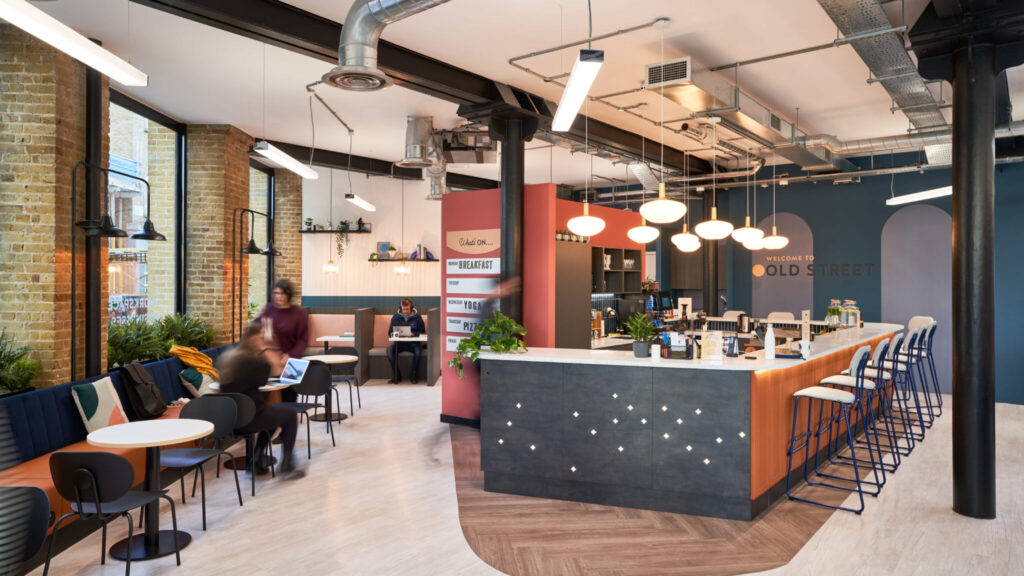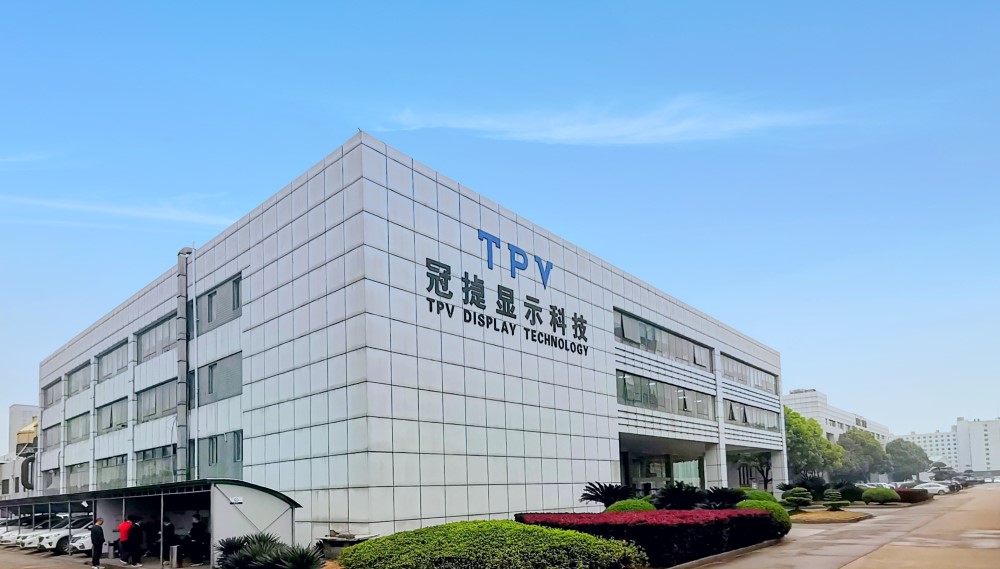Exploring Modern Workspaces: Office Design Trends in 2024

Welcome to the future of office design! In 2024, the dynamics of workspaces continue to evolve, driven by technological advancements, changing employee preferences, and a growing emphasis on productivity and well-being. This article delves into the latest trends shaping modern workspaces, offering insights and inspiration for creating dynamic and functional office environments.
Understanding the Importance of Office Design
In today’s competitive business landscape, office design plays a crucial role in fostering creativity, collaboration, and employee satisfaction. Companies are increasingly recognizing the impact of workspace layout on productivity, employee morale, and even talent acquisition.
Creating Collaborative Spaces
Modern offices are moving away from traditional cubicles towards open layouts that encourage collaboration and communication among team members. Design elements such as communal work tables, comfortable seating areas, and flexible meeting spaces promote interaction and idea-sharing.
Leveraging Technology for Connectivity
Integrating cutting-edge technology into office spaces enhances connectivity and facilitates seamless collaboration, whether employees are working in the office or remotely. Features like video conferencing equipment, interactive whiteboards, and cloud-based collaboration tools enable teams to work together efficiently regardless of their physical location.
Prioritizing Employee Well-being
Incorporating elements of biophilic design and ergonomic furniture not only enhances the aesthetic appeal of the workspace but also promotes employee well-being. Natural light, indoor plants, standing desks, and ergonomic chairs contribute to a healthier and more comfortable work environment, reducing stress and boosting productivity.
Embracing Sustainability
Sustainability is a key consideration in modern office design, with companies increasingly adopting eco-friendly practices and materials. From energy-efficient lighting systems to recycled furniture and green building certifications. Sustainable design principles are becoming integral to creating environmentally responsible workspaces.
Adapting to Hybrid Work Models
The rise of remote work has prompted organizations to rethink the purpose and layout of office spaces. Hybrid work models, where employees split their time between remote and in-office work, require offices to provide flexibility and amenities that support both modes of work.
Incorporating Biophilic Elements into Office Design
Biophilic design, which seeks to connect people with nature within the built environment, is gaining traction in office design circles. Integrating natural elements such as plants, water features, and natural materials into the workspace not only enhances aesthetics but also has numerous benefits for employee well-being and productivity.

Leveraging Technology for Enhanced Collaboration
Technology continues to revolutionize the way we work, and office design is no exception. From interactive displays and smart whiteboards to virtual reality conferencing rooms. The latest tech innovations are transforming how teams collaborate and communicate in the modern workplace.
Designing for Flexibility and Adaptability
In a rapidly changing business landscape, office spaces need to be flexible and adaptable to accommodate evolving needs and preferences. Modular furniture, movable partitions, and multipurpose rooms allow organizations to reconfigure their workspace quickly and cost-effectively in response to changing requirements.
Embracing Minimalism and Clutter-Free Design
Minimalist design principles, characterized by clean lines, open spaces, and clutter-free environments, are gaining popularity in modern office design. By eliminating unnecessary distractions and focusing on essential elements. Minimalist workspaces promote clarity of thought and a sense of calm, enhancing productivity and creativity.
Maximizing Space Utilization with Smart Design Solutions
Efficient use of space is paramount in modern office design, particularly in urban environments where real estate comes at a premium. Smart design solutions such as hot desking, flexible seating arrangements, and vertical storage systems. Help maximize space utilization without compromising functionality or comfort.
Integrating Wellness Features for Employee Health and Happiness
Employee well-being is a top priority for forward-thinking organizations, and office design plays a significant role in supporting a healthy and happy workforce. Incorporating wellness features such as meditation rooms, fitness facilities, and designated. Quiet zones promote work-life balance and reduce stress, ultimately boosting employee morale and retention.
Exploring Modern Workspaces: Office Design Trends in 2024
As we embark on a new era of work, the design of office spaces is evolving to meet the needs of today’s workforce. From collaborative environments that foster creativity to flexible layouts that accommodate hybrid work models. The office of the future is designed with people in mind, prioritizing their well-being, productivity, and satisfaction.
FAQs
- How do modern workspaces promote collaboration and innovation?
- What role does technology play in shaping the future of office design?
- Why is sustainability important in modern office design?
- How can companies create a flexible and adaptable workspace?
- What are the benefits of incorporating biophilic elements into office design?
- How does office design impact employee well-being and productivity?
Conclusion
In conclusion, exploring modern workspaces and office design trends in 2024 reveals a shift towards more flexible, collaborative, and employee-centric environments. By embracing innovative design concepts, leveraging technology, and prioritizing employee well-being. Organizations can create dynamic workspaces that inspire creativity, foster collaboration, and drive success in the digital age.




Leave a Comment